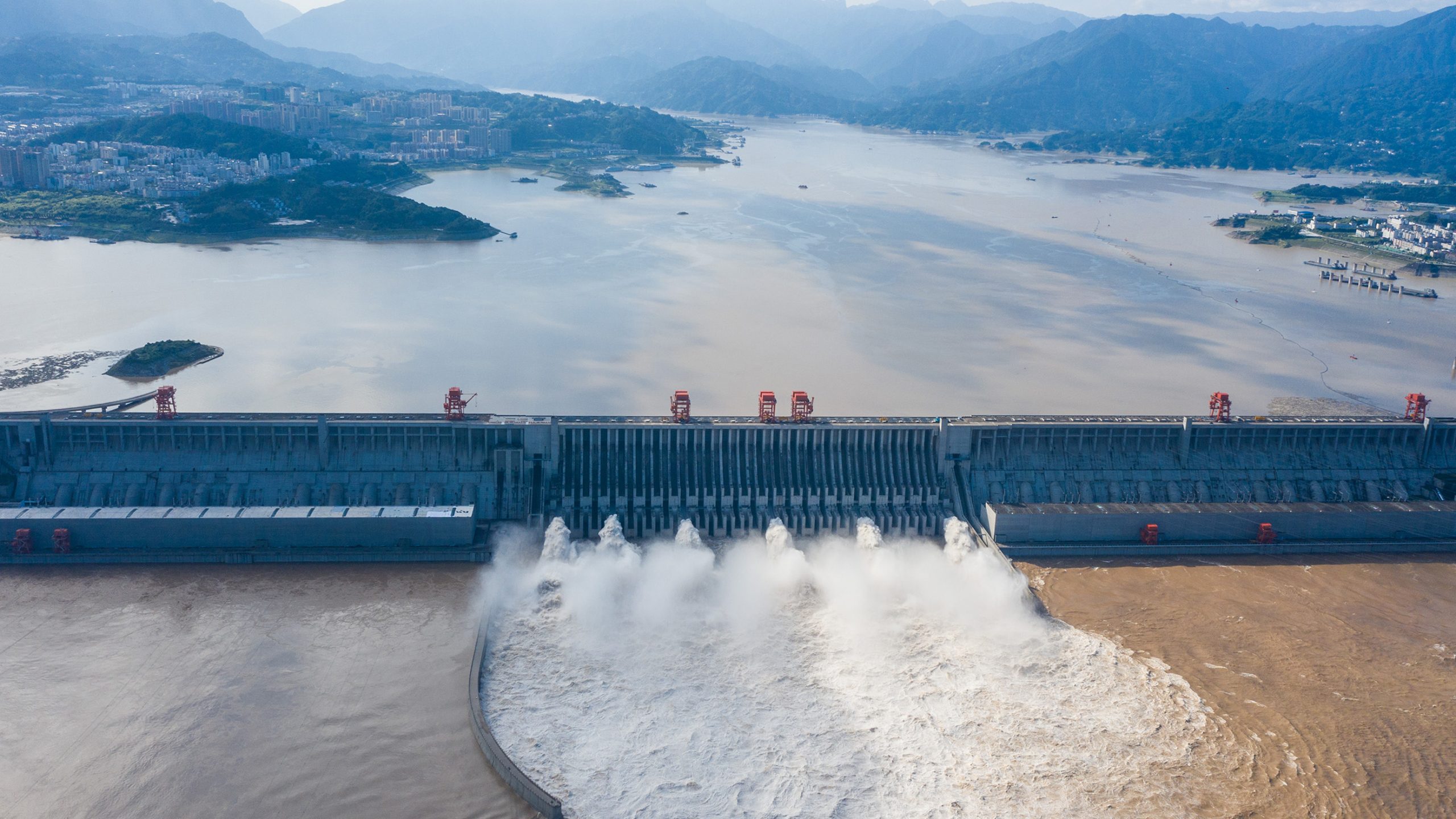The Human Rights Watch Asia report, titled The Three Gorges Dam in China: Forced Resettlement, Suppression of Dissent and Labor Rights Concerns, was the first public description of the failure made available to international audiences or written in English. A more extensive account of the emergence of this report can be found in the section: Information Suppression and Disaster Surfacing.
As one of the first accounts of the dam failure, particularly the one viewed by English audiences, I explore how the Human Rights Watch Asia has important impacts on our historical understanding of the Banqiao Dam Failure. The report frames the dam failure as a natural but thoroughly man-made disaster, explores the disastrous potential of state suppression, and emphasizes the destructiveness of the disaster as a warning for future projects.

A Man-Made Natural Disaster
In the opening sentence of their report on the Banqiao Dam Failure, Human Rights Watch Asia states the “dam collapses were to a large extent man-made disasters,” citing the “flawed water control policies” of the Chinese government. The report goes on to enumerate the many different ways the Chinese government went awry:
“The construction of a further 100 or so dams throughout the province led to extensive reclamation and settlement of large tracts of land which had historically been left bare for flood diversionary purposes. Moreover, it had led to so serious a neglect of all other water-conservancy measures in the region, this included the dredging of riverbeds, maintaining
dikes, and creating flood diversion channels and large temporary storage zones. … a 1.9-meter-high earthen ramp was added on to the Shimantan Dam summit to increase its overall holding capacity … at Banqiao officials authorized an additional retention of no less than thirty-two million cubic meters of water in excess of the dam’s designed safe capacity.”
This extensive listing has numerous effects. First, it clearly demonstrates how effectively high-level decisions, sometimes coming from Mao himself, drove Banqiao to disaster. It shows how a preponderance of decisions, that may individually seem insignificant, can be disastrous. This suggests the need for vigilant oversight of these immense man-made undertakings. It sheds light on the complexity and dangers involved with new dam projects, such as the Three Gorges Dam that Human Rights Watch so ardent opposes.
As we move through this modern error, humanity becomes increasingly intertwined with understanding and controlling nature. The Banqiao Dam Failure helps demonstrate how attempts to control nature can quickly become the impetus for disaster.
A Disaster of State Suppression
The report also casts state suppression as a disaster in and of itself. A novel and useful notion that questions what can and cannot be a disaster. Throughout the report is repeated sentiment that “the lack of freedom of expression in China resulted in economic and social disaster.” A major takeaway from Banqiao is the preventability of much of it had the government been willing to listen to the concerns of lower-ranking advisors and the people of the region. They also cite the “Anti-Rightist Movement of 1957 … and the Beijing Massacre of 1989” as examples where Chinese suppression led to the needless loss of human life. In all three cases, these disasters were mostly driven by “a ruling party that brooks no outside scrutiny of and accepts no public accountability for its actions.”
The report does provide a somewhat hopeful path forward. It emphasizes discourse and public debate as essential to disaster prevention, particularly in massive and complex industrial projects. They call for allowing those affected to ”freely express their views on the project” and “to allow unrestricted debate more generally.” But the report presents a worrisome alternative possibility; surmising the Three Gorges Dam project’s true function “will simply be to stand .. as an ultimate symbol of the power and authority of the state.” A step to further the state’s control and single minded vision.
Banqiao as a Warning
Amongst the tragedy of Banqiao, the report also tries to capture some small amount of value from the tragedy. They emphasize its usefulness as a case study to warn of disaster potential and a lesson for the future. They highlight the possibility that a failure like Banqiao could happen at the Three Gorges if the “dictum that bigger [is] better” was blindly followed. The outflow in the case that the Three Gorges Dam failed would be “approximately forty times greater than that of the Banqiao and Shimantan reservoirs combined,” all straight towards some of the most densely populated regions of China.
Simultaneously, they emphasize the fact that so far the warnings of Banqiao have not been followed in China: “the Chinese government has yet publicly and fully to acknowledge to the outside world that the incident even took place.” The report also casts doubt on “Qian Zhengying who presided over most of China’s dam-building program for the past forty years and remains” in charge of crucial parts of the Banqiao Project. This was the same administrator who decided to change nothing after the Banqiao disaster. The report attempts to invigorate the public consciousness about the disaster so its missteps will not be repeated. It claims that the Banqiao Dam Failure “should be etched upon the minds of all civilized people as a lesson and warning for the future.”
Throughout the report, Human Rights Watch attempts to cast the Chinese government as reckless and oppressive in its dam construction projects. They construct the Chinese government as one that cannot be trusted to complete the Three Gorges Dam Project in a humane way. In the process, they provide extensive evidence towards the Banqiao Dam Failure as a case study of state failures greatly exacerbating a disaster. The report shaped understanding of the Three Gorges Dam development project at the time but it also continues to shape our understanding of the Banqiao Dam Failure and a greater narrative about the government’s role in disaster creation.
The full report is available here: https://www.hrw.org/reports/1995/China1.htm